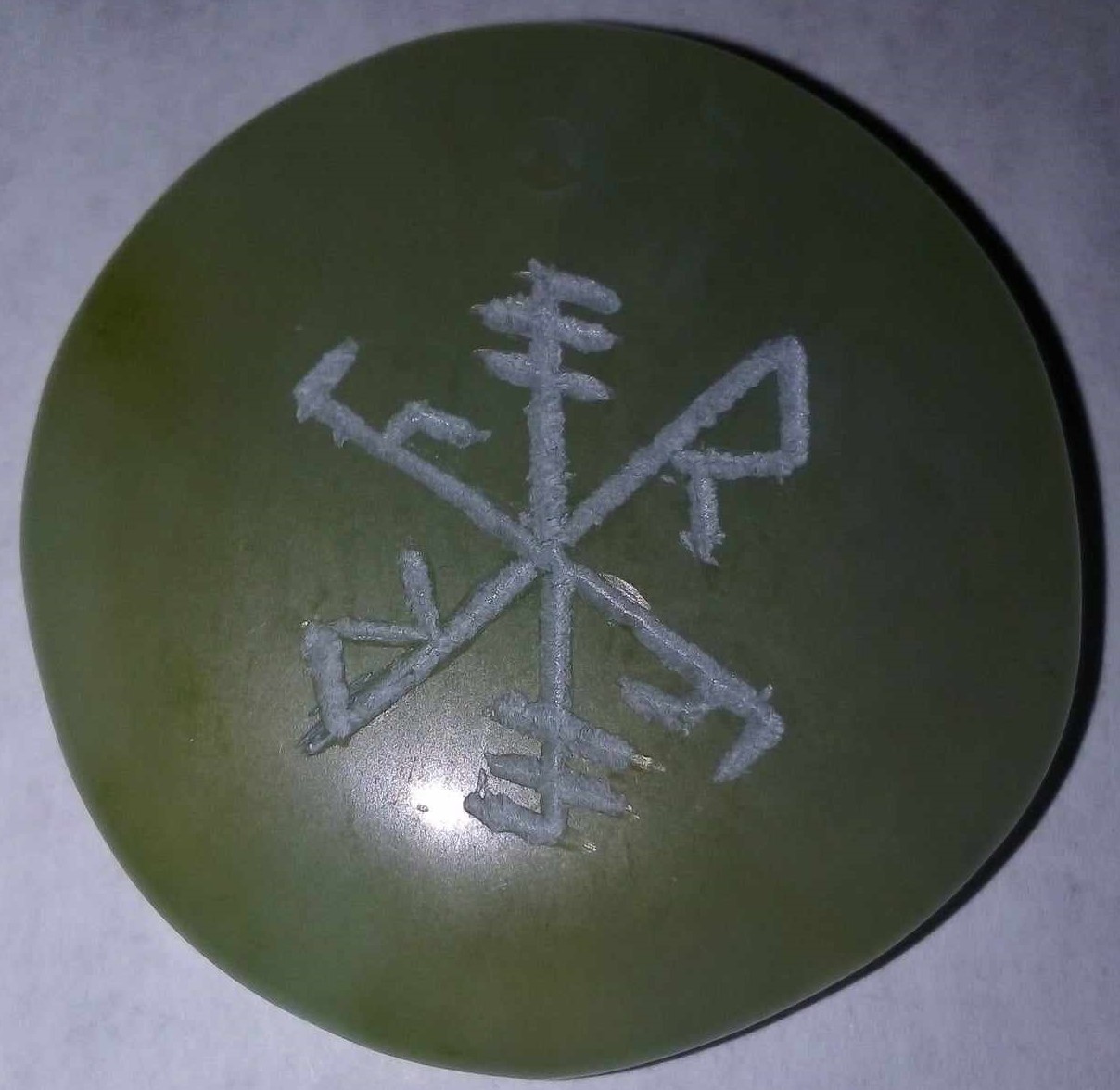
Slimes are simple creatures that move and feed by using pseudopods. Slimes can be any size, with some subspecies expanding to fill the cave they reside in. Their ability to soak up and break down all organic material from their enviroment is put to use through acetofiltration.
Slimes are barely sentient. They rely on basic stimuli, moving towards movement or warmth and away from frost. They thrive in grimy, warm enviroments.
Slimes consist primarily of acetoplasm enclosed within a thin membrane. Inside of the acetoplasm are organelles.
They naturally undergo mitosis when starved, splitting into two smaller slimes. Slimekeepers will sometimes encourage mitosis by partially seperating the slimes with a sharp blade. This is done to control the growth of the slime, but also to partion some of it off for sale. It does run the risk of harming the membrane of the Slime and causing it to spill slime.
Cell Biology Illustration
by
Franz Wagner
Illustration of various organelles and parasites found in a common slime.
I'm no longer working on the Morning Realm, but I'm leaving it up for anyone who is still interested in my past work. If you want to see what I'm currently working on, check out Solaris!
The Morning Realm is written and illustrated by Annie Stein.
The Morning Realm is unofficial Fan Content permitted under the Fan Content Policy. Not approved/endorsed by Wizards. Portions of the materials used are property of Wizards of the Coast. ©Wizards of the Coast LLC.
Cover image:
Plate 13 from- 'Decorative friezes and foliage'
by
Stefano della Bella
Comments
Please Login in order to comment!











I love the idea of a sewer filled with these happy little guys, keeping everything clean and tidy. Really well done, very detailed, and neat fun ideas :D
Creator of Araea, Megacorpolis, and many others.
Thank you so much! DnD slimes have been keeping dungeons clean for ages now, so it's about time they were thrown into a sewer or two as well.